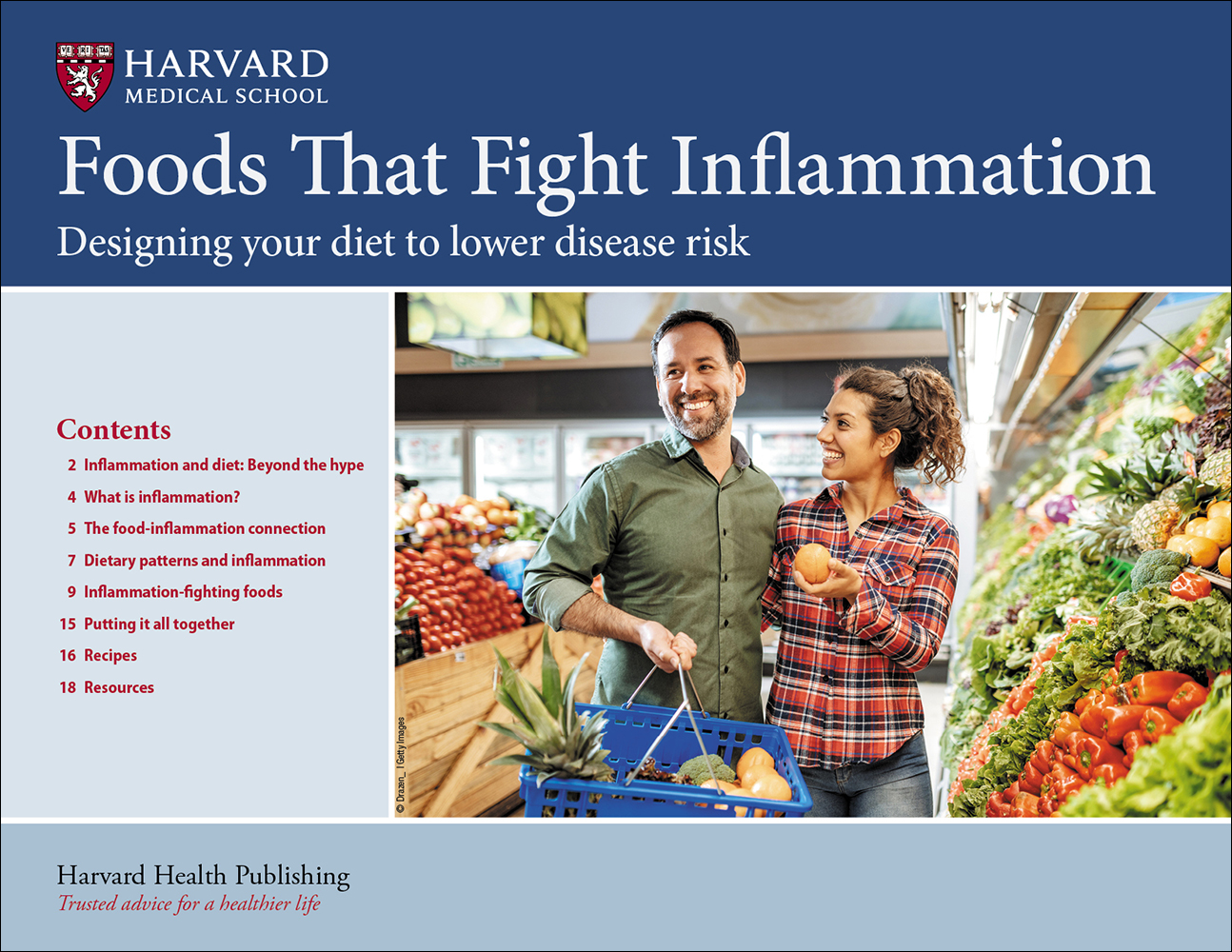In the journals: Cocoa reduces inflammation associated with heart disease
In the past decade or so, chocolate’s reputation has undergone an extreme makeover, from fattening indulgence to health food. A steady stream of studies has given cocoa and dark chocolate high marks for cardiovascular benefits, including improvements in cholesterol levels, blood pressure, blood clotting, coronary artery function, and insulin sensitivity. The most likely explanation for these good effects is that the cocoa bean is rich in flavonoids — naturally occurring antioxidants found abundantly in certain fruits and vegetables, tea, and red wine. A study suggests that the flavonoids in chocolate may be good for the heart in yet another way.
In a randomized trial involving 42 older women and men at high risk for cardiovascular disease, Spanish researchers gave half the participants 40 grams (about 1.4 ounces) of unsweetened cocoa powder in 16 ounces of skim milk every day, and half plain skim milk. After one month, the cocoa drinkers had lower levels of adhesion molecules — proteins that cause white cells and other substances to stick to the walls of the arteries. Adhesion molecules are an inflammatory marker, linked to heart disease because they contribute to the formation of atherosclerotic plaques that can obstruct an artery or rupture, triggering a heart attack or stroke. In addition, cocoa was found to increase “good” HDL cholesterol levels. The study was published in the November 2009 issue of the American Journal of Clinical Nutrition.
Percent of nonfat cocoa solids* in various chocolate products |
|
|
Unsweetened cocoa powder |
82% |
|
Unsweetened baking chocolate |
47% |
|
Dark chocolate |
23% |
|
Semisweet chocolate chips |
17% |
|
Milk chocolate |
6% |
|
Chocolate syrup |
6% |
|
*Average percent, based on information in the Journal of Agricultural and Food Chemistry, Oct.14, 2009, pp. 9169–9180. |
|
Reality check
The perceived benefits of cocoa date back to the ancient Mayans, who mixed ground roasted cocoa beans with spices to make a fortifying, albeit bitter, drink. These days, cocoa is often processed with fat, sugar, and sometimes milk to mask the bitter flavor. The problem: this processing lowers flavonoid content and adds calories. Not all chocolate is equal, so here are some things to keep in mind:
-
Pure chocolate is made of nonfat cocoa solids and cocoa butter. The higher the nonfat cocoa solid content, the higher the flavonoid content will be. (See “Percent of nonfat cocoa solids in various chocolate products.”) White chocolate contains no nonfat cocoa solids.
-
Cocoa butter is combined with cocoa solids in varying amounts in chocolate products to give chocolate a melt-in-your-mouth quality. It’s the key ingredient in white chocolate. Most of the fat in cocoa butter is stearic and oleic acids, which don’t raise cholesterol. But gram for gram, fat of any kind packs twice as many calories as protein and carbohydrates, so read labels and keep an eye on calories.
-
While the news about chocolate, especially cocoa, is encouraging, research hasn’t yet identified the optimal dose for cardiovascular benefits. For now, it’s best to limit yourself to a few squares of dark chocolate a day — the darker the better — and make sure the first ingredient listed is cocoa or chocolate, not sugar. Health isn’t the reason to start eating chocolate, but if you’ve decided to add it to your daily pleasures, be sure to cut calories elsewhere to control weight.
Disclaimer:
As a service to our readers, Harvard Health Publishing provides access to our library of archived content. Please note the date of last review or update on all articles.
No content on this site, regardless of date, should ever be used as a substitute for direct medical advice from your doctor or other qualified clinician.













